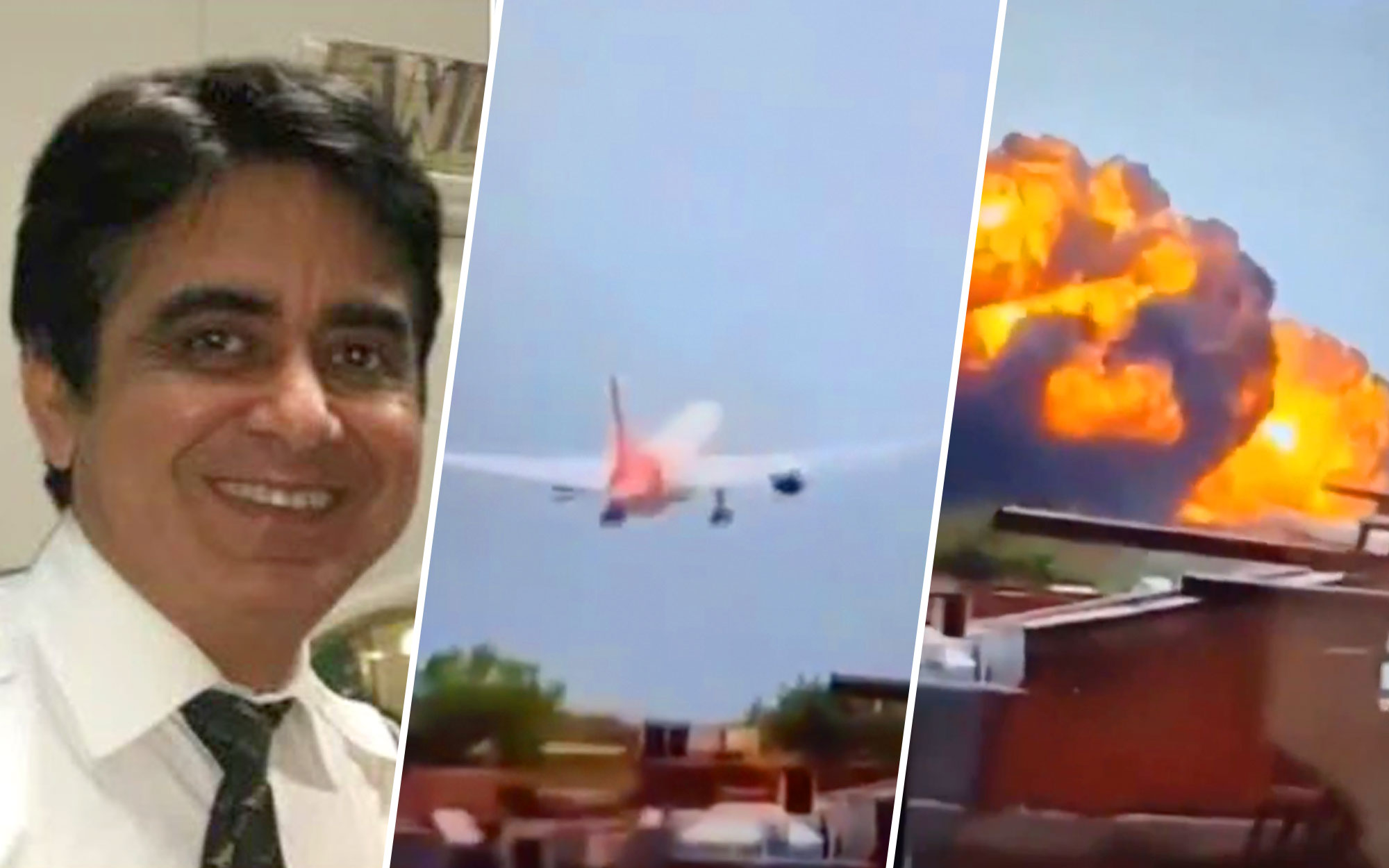
In a chilling revelation, investigators have uncovered shocking new details about the Air India crash that claimed 260 lives last month, with evidence now suggesting the pilot may have deliberately cut off the aircraft’s fuel supply shortly after takeoff.
The findings come from a preliminary analysis of the black box recovered from the wreckage of the London-bound Boeing 787 Dreamliner, which crashed into a hostel at B.J. Medical College in Ahmedabad, India, on June 12.
According to a report published by The Wall Street Journal, voice recordings captured in the cockpit reveal an exchange between the two pilots just moments before disaster struck — and it’s raising serious questions.
Air India crashed after taking off. The plane was seen struggling to gain altitude before crashing into a fire ball.. Over 200 people were on board..#AirIndiaCrash pic.twitter.com/xacH20AlSe
— Sudhir Byaruhanga (@Sudhirntv) June 12, 2025
Trump’s Sovereign Wealth Fund: What Could It Mean For Your Money?
The pilot in command, Captain Sumeet Sabharwal — reportedly nicknamed “Sad Sack” in flight school because of his perpetually sorrowful demeanor — is heard interacting with his co-pilot, Clive Kunder.
In the audio, Kunder asks, “Why did you cut it off?” referring to the plane’s fuel supply. Sabharwal, according to the WSJ report, denies the action on the recording.
This Could Be the Most Important Video Gun Owners Watch All Year
But the data tells a different story.
India’s Aircraft Accident Investigation Bureau (AAIB) corroborated the black box findings with technical data, confirming that the fuel switches — which regulate the flow of fuel to the engines — had in fact been turned off. The report states each fuel switch was flipped to “CUTOFF” just one second apart.
Roughly 10 seconds later, both were moved back to the “RUN” position, initiating an automatic recovery sequence built into the aircraft’s engine control systems.
🚨 Tragic Air India Crash: US officials suggest Captain Sumeet Sabharwal may have cut off fuel supply before the Boeing 787-9 crashed in Ahmedabad, killing 241.
Cockpit recordings reveal co-pilot’s panic as captain stayed calm. Investigation probes mental health, electrical… pic.twitter.com/ywH5fHwwqj
— sarkari Rozgaar (@AnshuRaaz20) July 17, 2025
Unfortunately, that brief interruption in fuel flow was enough to send the plane into a fatal descent.
Just minutes after departing, the aircraft rapidly lost altitude and crashed into the dormitory building, killing 260 people — including passengers, crew, and those on the ground. Miraculously, one man survived the crash with only minor injuries.
Fuel cutoff switches are not something pilots engage by accident.
They are designed for intentional use during very specific scenarios — such as shutting down an engine on the ground, responding to fire, or handling mid-air emergencies. Turning them off during ascent is almost unheard of and requires deliberate action.
Air India Latest …
THE captain of the tragic Air India flight stayed calm as he deliberately cut off fuel to both engines seconds after takeoff, US officials have claimed.
Sumeet Sabharwal — the 56-year-old veteran at the controls of the ill-fated Boeing 787 Dreamliner —… pic.twitter.com/NYAuMid9oq
— True Tweets ⋆˙⟡♡ (@TrueTrue3162) July 17, 2025
Investigators remain unsure about Sabharwal’s motives.
The WSJ report and multiple sources suggest that no mechanical failures or emergency conditions were present at the time of the crash. The possibility of human error or intentional sabotage is being explored, but no official conclusions have been made.
A close friend and several neighbors interviewed by The Sunday Times provided a glimpse into the pilot’s personal life, which may offer some context.
Sabharwal, they said, had been contemplating leaving his aviation career to care for his ailing father. Before boarding the doomed flight, he reportedly made a call to his father, saying, “I’ll call you once I reach London.”
That call, tragically, was never made.
The investigation remains ongoing as authorities work to understand whether Sabharwal’s actions were intentional or the result of an inexplicable error.
The AAIB, in collaboration with international aviation bodies and Boeing, is continuing to analyze the flight data, cockpit communications, and maintenance records.
Legal teams and victim advocacy groups are also beginning to mobilize in anticipation of further revelations.
For now, grieving families and a stunned global aviation community are left with far more questions than answers.
How could an experienced pilot shut down both engines’ fuel supply mid-air? Was this a mechanical mishap, a moment of confusion, or something far darker?
As the world awaits the full investigative report, one thing remains heartbreakingly clear: 260 lives were lost in a tragedy that may have been preventable — and at the heart of it all lies a mysterious flip of a switch.
The opinions expressed by contributors and/or content partners are their own and do not necessarily reflect the views of LifeZette. Contact us for guidelines on submitting your own commentary.














